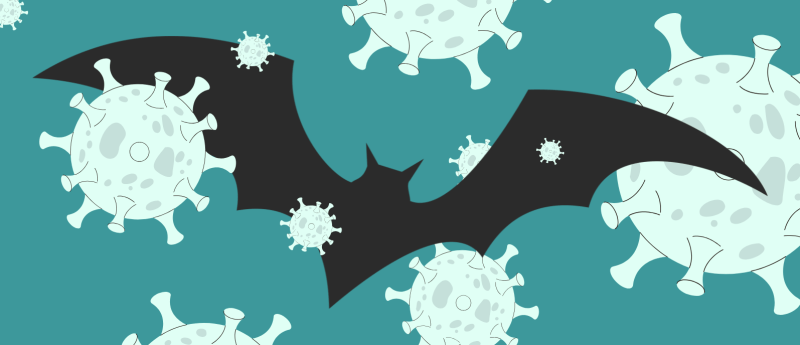Bat organoid platform reveals more about zoonotic viruses

Engineered mini organs from the most common bat species have been developed to study infections by key viruses, including COVID-19 and influenza.
A team led by researchers from the Institute for Basic Science (Daejeon, Republic of Korea) has developed a bat organoid platform, which has uncovered new insights into zoonotic viruses. It has also revealed how bats, natural reservoirs of these viruses, are able to avoid sickness themselves.
The risk of zoonotic viruses
More than 75% of new infectious diseases are thought to originate in animal hosts, including bats. However, little is known about how these viruses behave inside bats due to a lack of appropriate disease models. Previously, researchers have relied on generalized cell samples or organoids made from a single organ from just one species of bat.
In a recent study, researchers sought to change this by developing a bat organoid bank of ‘mini organs’, grown from five common bat species found across Asia and Europe and representing the airways, lungs, kidneys and small intestine. This tool enabled them to understand how viruses work across multiple organ systems.
After cultivation, the organoids were extensively characterized using multiplexed immunohistochemistry for cell-type identification, transmission electron microscopy for structural analysis, and single-cell RNA sequencing to analyze gene expression changes upon viral infection. Viral identification and propagation were performed, and assays including RT-qPCR and viral titration were used to quantify virus replication and infectivity. Additionally, docking simulations were used to model virus–receptor interactions.
 Liver cells self-organize to form vascularized liver organoid
Liver cells self-organize to form vascularized liver organoid
A novel 3D cell culture method has been developed that encourages liver progenitor cells to self-organize and form blood vessel networks for the first time.
Mimicking nature
The team discovered that each virus exhibits unique behavior, infecting only certain organs or species. They also demonstrated that bat immune systems respond differently to different viruses depending on the species and infected organ.
“Reconstructing bat organ physiology in the lab lets us explore how zoonotic viruses – those that jump from animals to humans – work, in unprecedented detail,” commented Bon-Kyoung Koo, Director of the IBS Center for Genome Engineering.
Senior researcher and first author of the paper Hyunjoon Kim emphasized, “This platform lets us isolate viruses, study infections, and test drugs all within one system – something you can’t do with ordinary lab cell models. By mimicking the bat’s natural environment, it boosts the accuracy and real-world value of infectious disease research.”
 Be picky: selecting cells with desirable characteristics for further development
Be picky: selecting cells with desirable characteristics for further development
How do you currently identify and select cells for further growth, characterization and processing? Many available cell-selection technologies lack the sensitivity necessary to preserve cell health and proliferative ability, hindering research workflows and development pipelines. The CellCelector from Sartorius overcomes this limitation, providing an automated system that can identify cells in your culture that possess desirable characteristics and then select and pick them for future development or downstream processing.
Beyond the lab
The team hopes that this platform, which they believe is the world’s most comprehensive bat organoid platform, will enable safer, more effective studies of other important viruses. They have already applied it to test the effectiveness of potential antiviral drugs; a 2-dimensional version of the platform was more reliable in testing the effectiveness of these drugs, compared with traditional lab screens.
This platform could also be used to identify new viruses, supporting WHO efforts to predict and prevent future pandemics. The team successfully isolated and characterized a novel bat-borne mammalian orthoreovirus and paramyxovirus directly from wild bat feces.